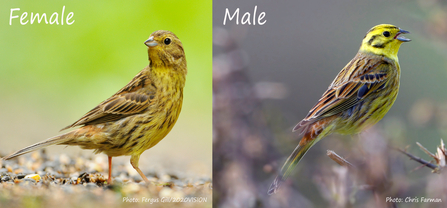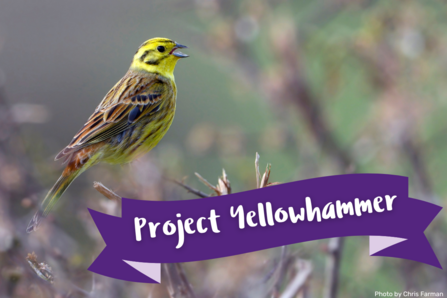If I were to name one bird species that I think epitomises British farmland it would be the yellowhammer, for both its song and its striking appearance.
With a bright yellow head and breast, male yellowhammers are one of the UK’s most distinctive and handsome birds. When a male yellowhammer sings his equally distinctive song from a prominent perch on the top of a bush, he is certainly hard to miss.
His song must surely be as iconic as that of the cuckoo. It isn’t a very long song, with the initial short notes gradually increasing in volume until it ends with a few drawn out notes, which is often interpreted as ‘a little bit of bread and no cheeeese’.




